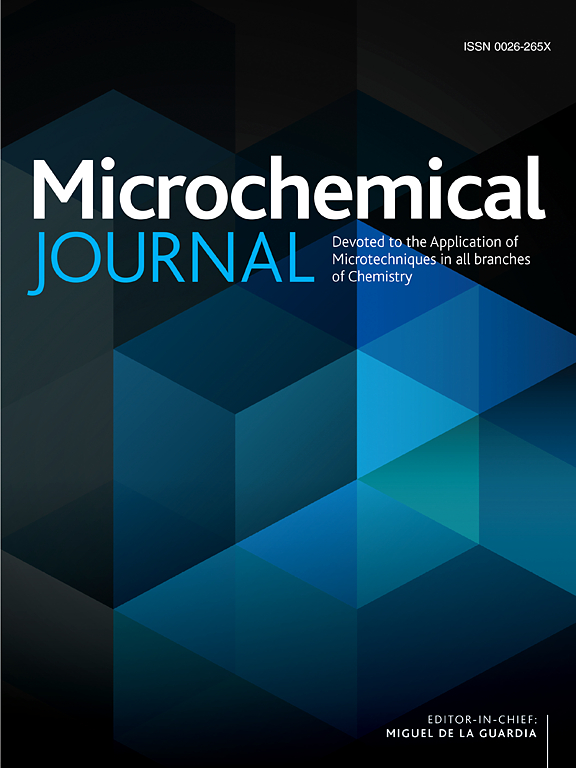用于乳腺癌靶向治疗的氧化铁纳米颗粒的进展:一种有前途的纳米医学方法
IF 4.9
2区 化学
Q1 CHEMISTRY, ANALYTICAL
引用次数: 0
摘要
氧化铁纳米颗粒(IONPs)因其独特的生物相容性、生物可降解性、低毒性、磁性和表面可修饰性等特性而成为抗乳腺癌的有力候选药物。本文综述了IONPs的合成、形态和生物医学应用,重点介绍了其抗癌作用。它进一步强调绿色方法是一种更安全的替代传统方法,以减少系统毒性和环境影响。此外,IONPs的抗菌潜力也被讨论为免疫功能低下患者的额外优势。本文进一步深入研究了环境科学材料,并通过整合跨学科知识,提出了离子阱设计的整体视角。讨论扩展到临床批准和撤回的基于ionps的制剂。最后,概述了未来的发展方向,强调需要进行转化研究、体内验证以及开发更有效、更安全的IONP平台用于临床应用。本文章由计算机程序翻译,如有差异,请以英文原文为准。

Advances in iron oxide nanoparticles for targeted breast cancer therapy: a promising nanomedicine approach
Iron oxide nanoparticles (IONPs) have emerged as a powerful candidate against breast cancer because of their unique properties such as biocompatibility, biodegradability, low toxicity, magnetic properties, and surface modifiability. This review provides the synthesis, morphology, and biomedical application of IONPs with a special emphasis on their anticancer effect. It further highlights the green approaches as a safer alternative to conventional methods to reduce the systemic toxicity and environmental impact. Moreover, the antimicrobial potential of IONPs is also discussed as an additional advantage for immune-compromised patients. This article further delves deeper into materials for environmental science and proposes a holistic perspective on IONPs design by integrating cross-disciplinary knowledge. The discussion extends to its clinically approved and withdrawn IONPs-based formulation. Finally, future directions are outlined, emphasizing the need for translational research, in vivo validation, and the development of more effective and safer IONP platforms for clinical application.
求助全文
通过发布文献求助,成功后即可免费获取论文全文。
去求助
来源期刊

Microchemical Journal
化学-分析化学
CiteScore
8.70
自引率
8.30%
发文量
1131
审稿时长
1.9 months
期刊介绍:
The Microchemical Journal is a peer reviewed journal devoted to all aspects and phases of analytical chemistry and chemical analysis. The Microchemical Journal publishes articles which are at the forefront of modern analytical chemistry and cover innovations in the techniques to the finest possible limits. This includes fundamental aspects, instrumentation, new developments, innovative and novel methods and applications including environmental and clinical field.
Traditional classical analytical methods such as spectrophotometry and titrimetry as well as established instrumentation methods such as flame and graphite furnace atomic absorption spectrometry, gas chromatography, and modified glassy or carbon electrode electrochemical methods will be considered, provided they show significant improvements and novelty compared to the established methods.
 求助内容:
求助内容: 应助结果提醒方式:
应助结果提醒方式:


